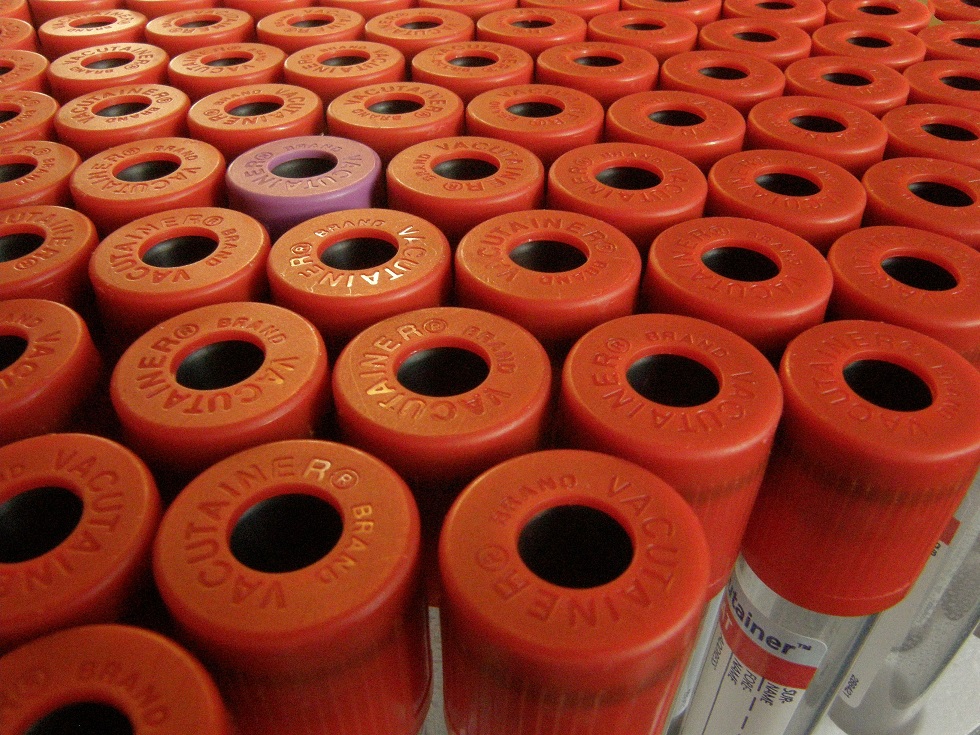Species: Dog, cat
Specimen: Heparinised plasma or serum
Container: Heparin or plain tube
Collection protocol: Collect as per other routine sampling/serum chemistries etc.
Special handling/shipping requirements: Standard
General information about when this test is indicated:
Basal cortisol is predominantly used as part of dynamic testing for hyperadrenocorticism or hypoadrenocorticism when paired with additional samples collected after administration of ACTH (i.e. ACTH stimulation test) or dexamethasone (i.e. dexamethasone suppression test). However it can be a useful stand-alone screening test to eliminate hypoadrenocorticism/ Addison’s disease from a differential list.
Horses: Basal cortisol is not useful for the diagnosis of Pituitary Pars Intermedia Dysfunction/Equine Cushing’s disease. Horses affected with this condition can have variable basal cortisol concentrations. Plasma ACTH or an overnight dexamethasone suppression test are the more appropriate screening tests for PPID.
Interpretation:
If the resting cortisol is >55 nmol/l, Addison’s disease is very unlikely. Conversely, a resting cortisol <55 nmol/l supports a diagnosis of Addison’s disease and in these situations it is appropriate to proceed with an ACTH stimulation test to fully assess the adrenal reserve.
Two studies looking at baseline cortisol in dogs with Addison’s disease demonstrated a sensitivity of between 85.7 – 100% and specificity of 91.8 – 98.2% for basal cortisol concentrations < 28 nmol/l and sensitivity of 100% and specificity of 63.3-78.2% for basal cortisol levels of <55 nmol/l.
References:
Lennon, E.M. et al. Use of basal serum or plasma cortisol concentrations to rule out a diagnosis of hypoadrenocorticism in dogs: 123 cases (2000-2005). JAVMA 2007, 231:413-416 Bovens, C. et al. Basal serum cortisol concentration as a screening test for hypoadrenocorticism in dogs. JVIM 2014, 28:1541-1545.

